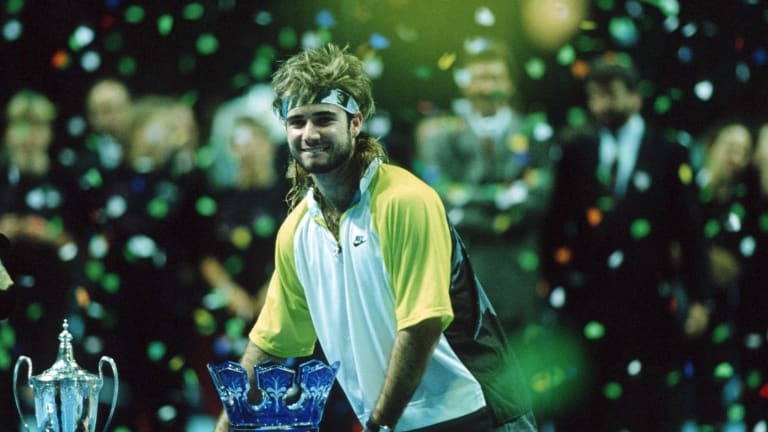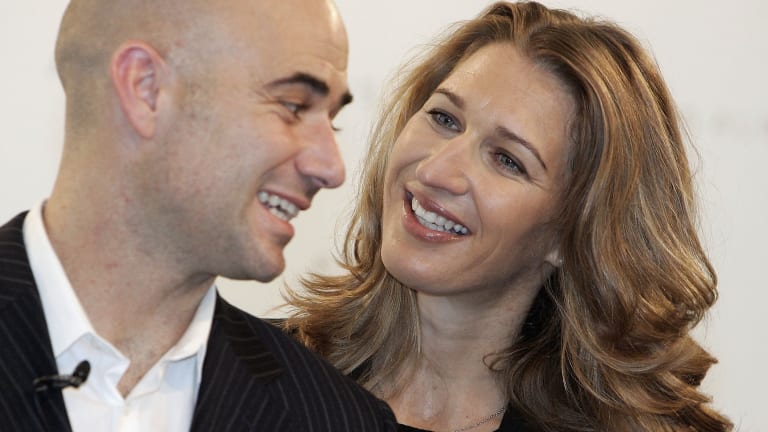Andre Agassi's 50 years have had it all, on and off the tennis court
By Apr 29, 2020Laver Cup
Tim Henman is joining the Laver Cup coaching staff and hopes to bring Jack Draper with him
By Mar 25, 2025Social
Jaden Agassi, son of tennis legends Andre Agassi and Steffi Graf, works to make mark in baseball
By Mar 02, 2025pickleball
Steffi Graf and Andre Agassi win $1 million at Pickleball Slam 3 over Eugenie Bouchard and Andy Roddick
By Feb 17, 2025Social
Agassi, Roddick, Pegula, Navarro to participate in tennis benefit for Western North Carolina: ‘Stars Servin’ Up Love’
By Jan 31, 2025Australian Open
Will Naomi Osaka find her inner Andre Agassi?
By Jan 11, 2025Laver Cup
Andre Agassi and Yannick Noah herald new era for the Laver Cup
By Sep 24, 2024Baseline in The Big Apple
Andre Agassi, Taylor Fritz, Zheng Qinwen headline Citi Taste of Tennis in New York City
By Aug 23, 2024Social
From McEnroe to Alcaraz, Tennis legends headline Stars of the Open event on Arthur Ashe Stadium
By Aug 22, 2024Baseline in The Big Apple
“Pickleball breaks down cultural barriers”: Andre Agassi says the surging sport is about more than staying active
By Aug 20, 2024Andre Agassi's 50 years have had it all, on and off the tennis court
“I don’t think the public has ever had any concept of who I am," said the American in a 1995 interview. "They see the cars and the plane, and if they don’t try, they stop there."
Published Apr 29, 2020
Advertising

Andre Agassi's 50 years have had it all, on and off the tennis court
© 1990 Getty Images
Advertising

Andre Agassi's 50 years have had it all, on and off the tennis court
© 2005 Getty Images
Advertising

Andre Agassi's 50 years have had it all, on and off the tennis court
© 1991 Getty Images
Advertising

Andre Agassi's 50 years have had it all, on and off the tennis court